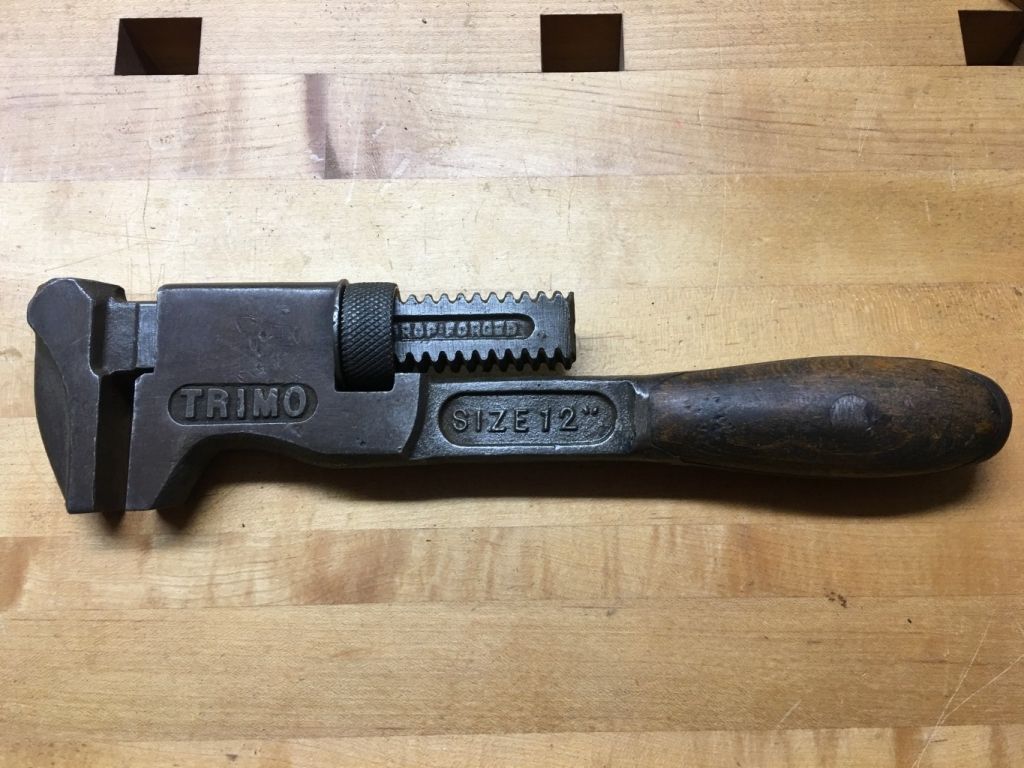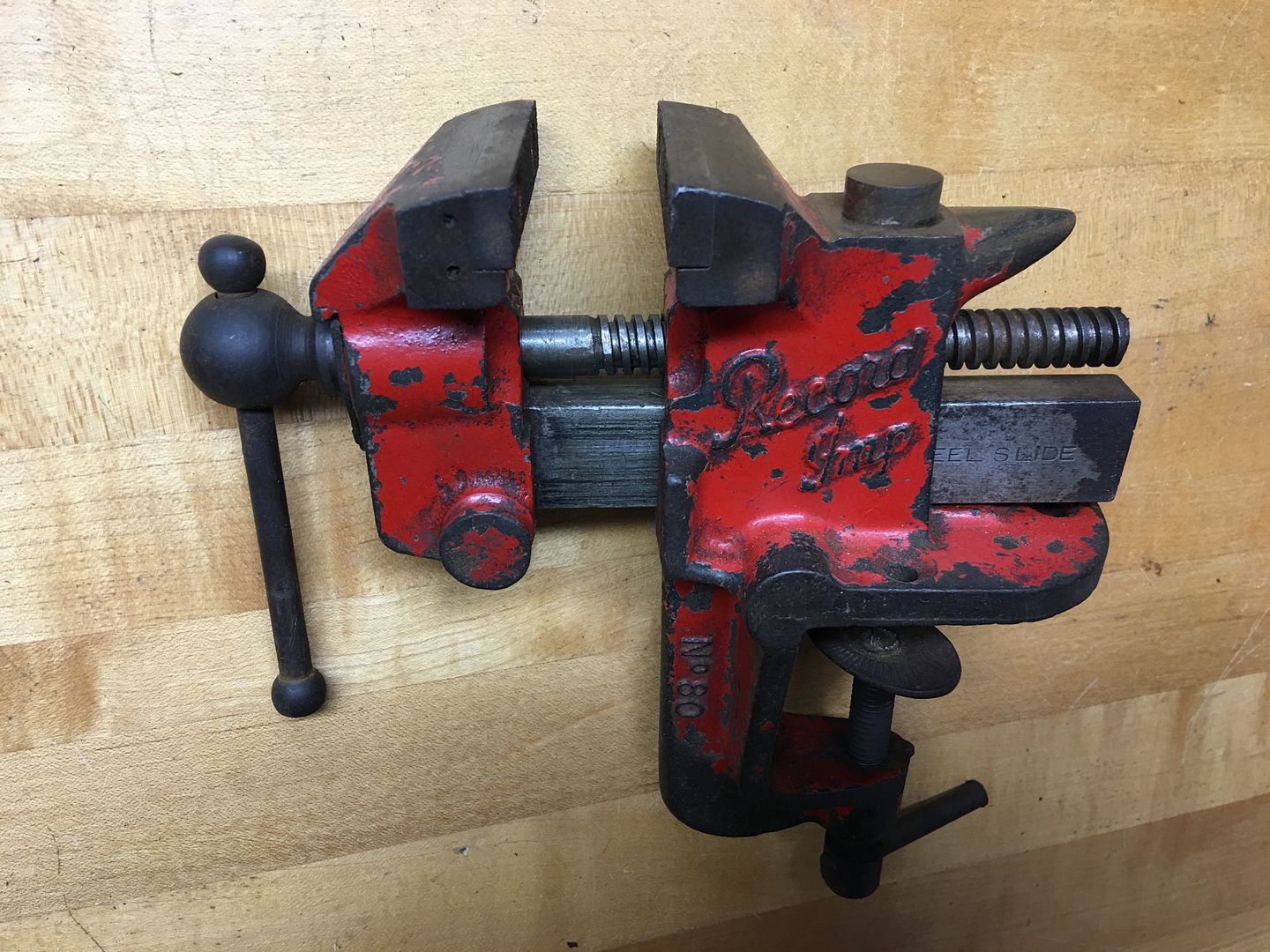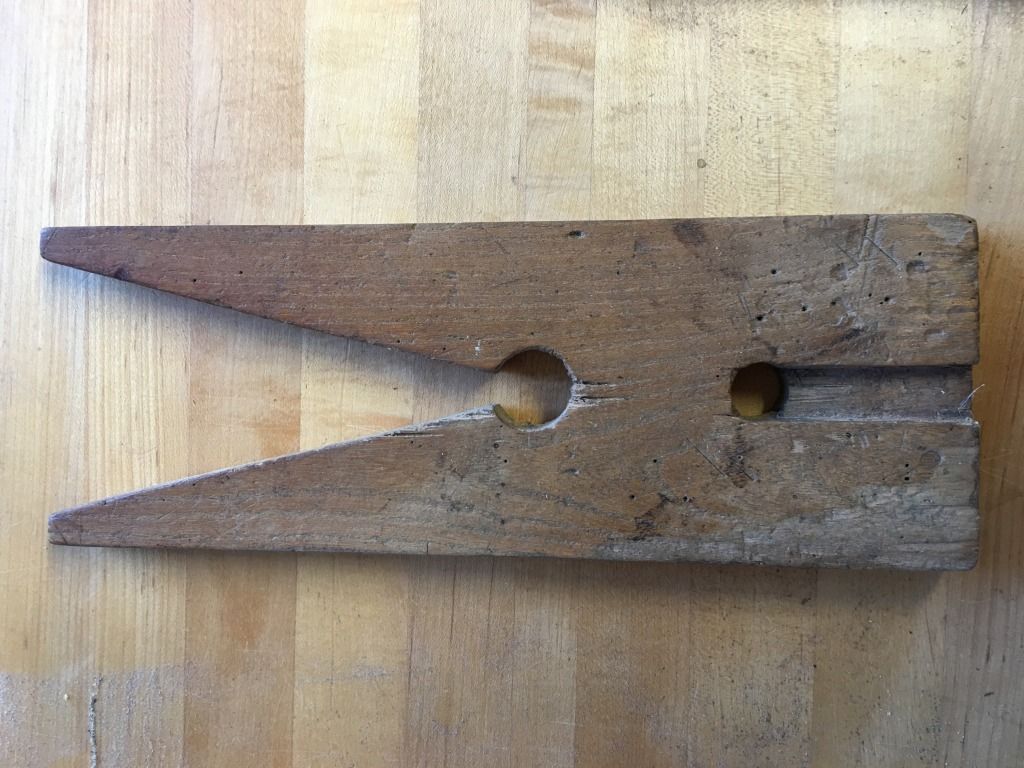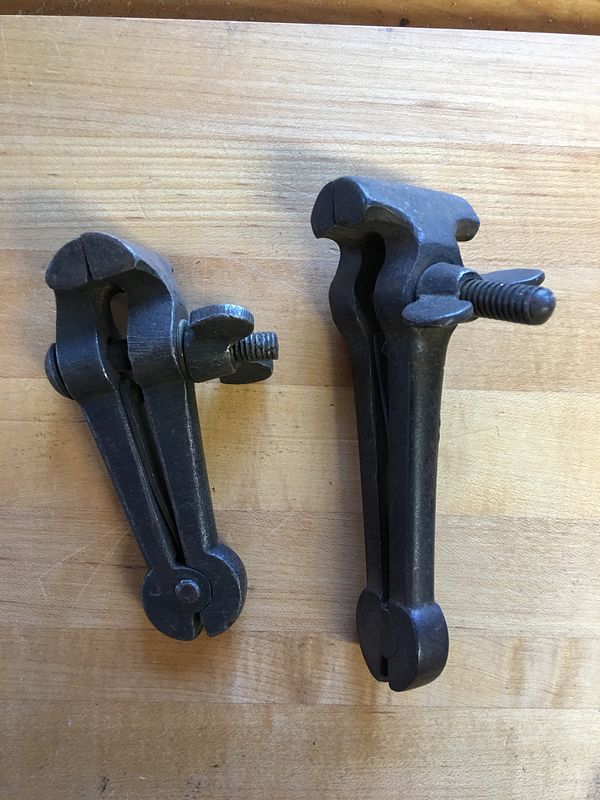scholar
Established Member
Billy Flitch":3vurm3o9 said:Scholar there is something going on with Item no 4 in the fist pic there is clearly to see the letters CK in a circle. This is the trade mark for Carl Kammerling who are still in business to day they make mostly electricians tools among other tools there Carpenters tools IMHO can best be described as only mediocre.In the second pic you show the leg of a set of pliers with the name Knipex on them a firm that is also still in production and IMHO a producer of tools of a higher quality, they are two separate firms and just for my money Naz has it right to what they are. HTH.
They are the same tool - I spotted the CK, so thanks for the explanation (the logo is very similar to what they currently use on part of their range). I can only assume that these were bought in by CK from Knipex at the time?
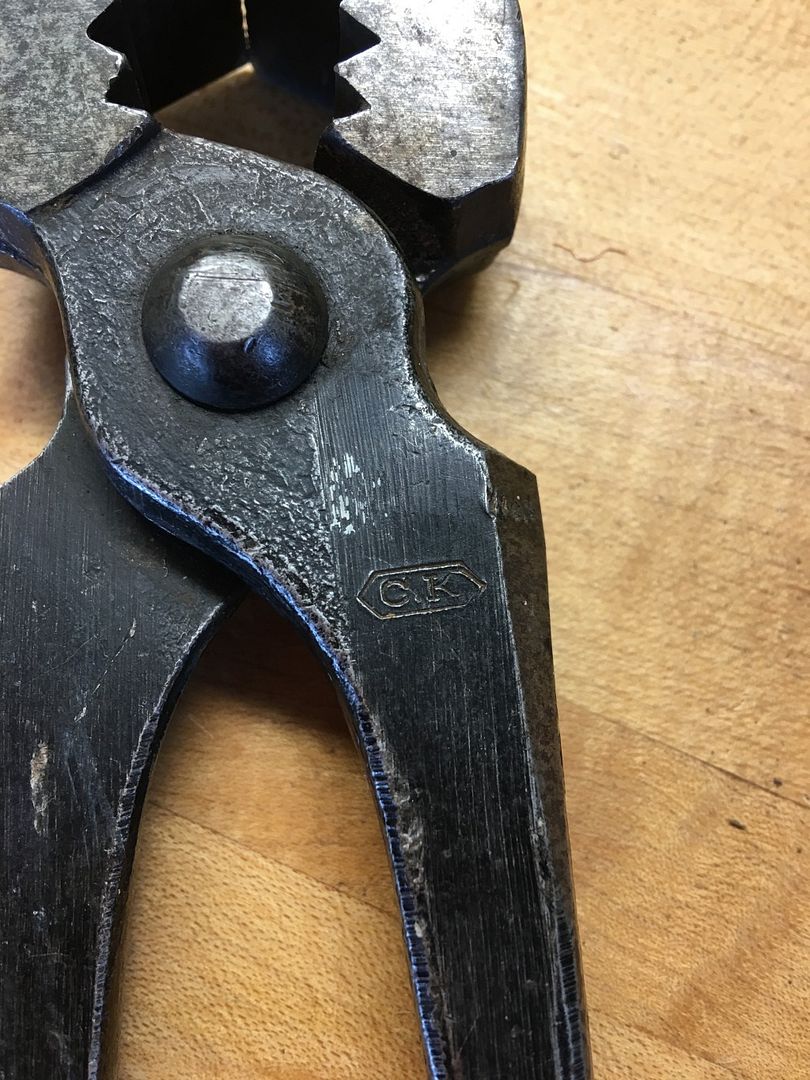
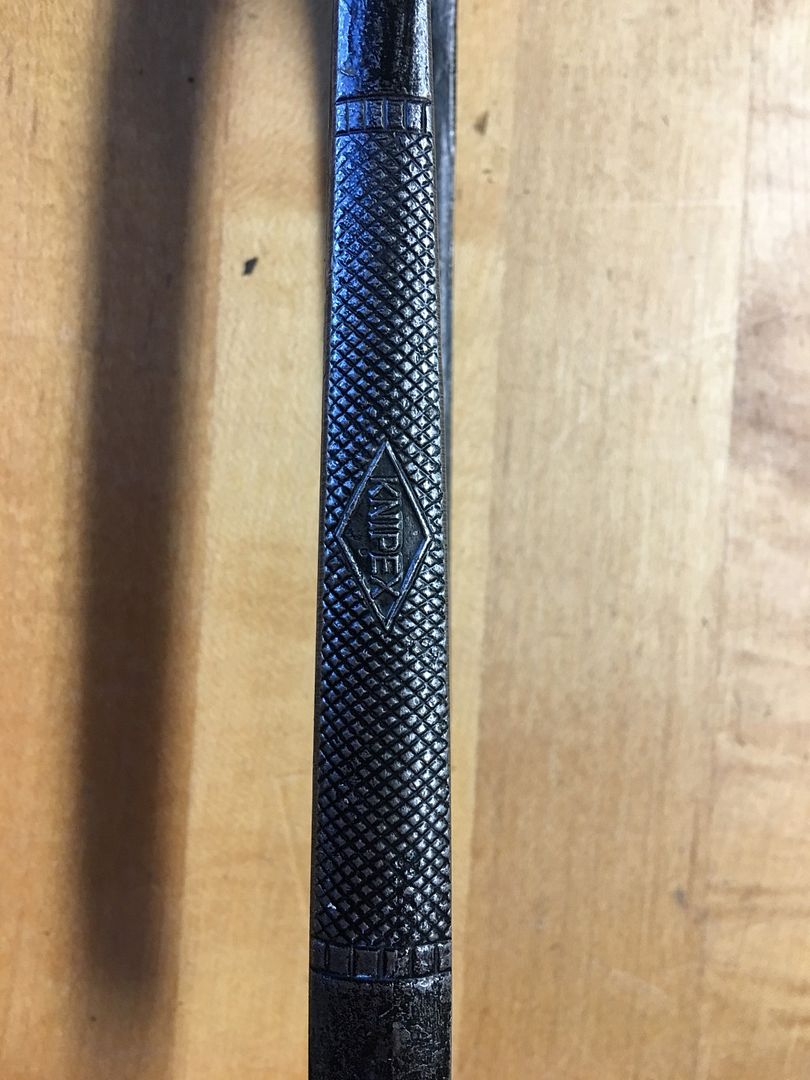
This tool is clearly one of the more recent items (c.1950) - it has already been promoted to my go to toolbox and my old pincers are skulking in a drawer. I cannot see my children being as fascinated as I am for some reason by the provenance and history of these tools.





